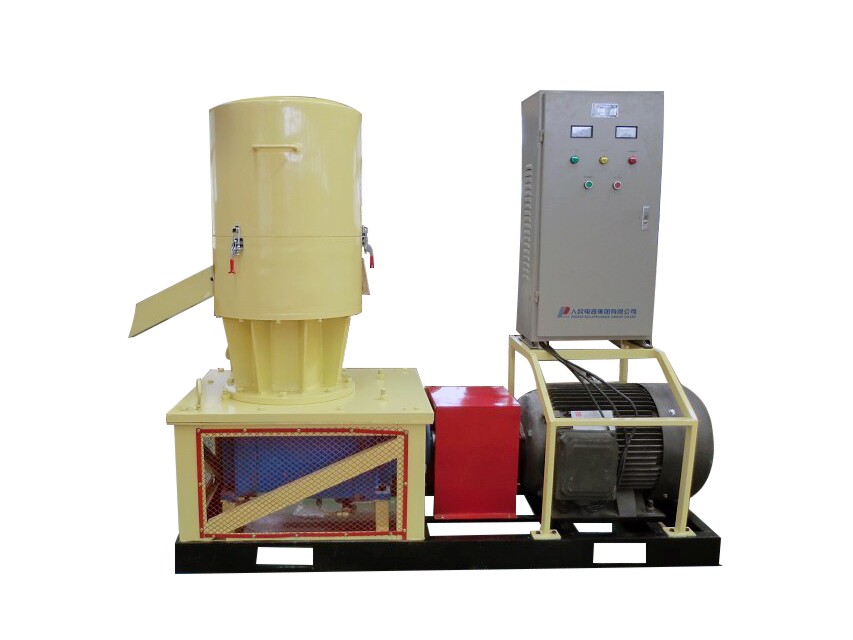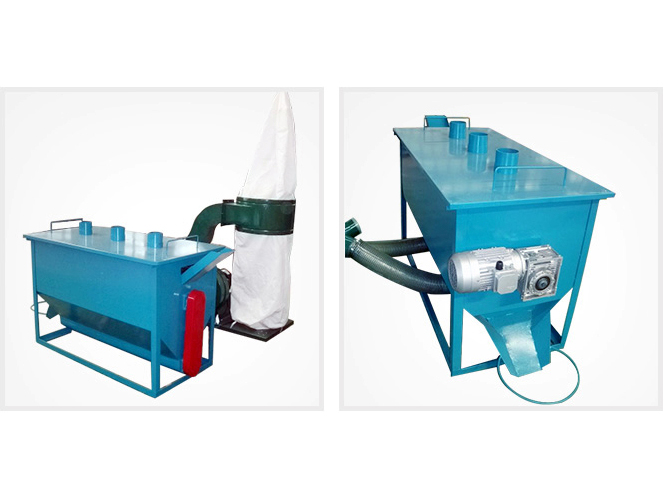
The Features Which Made Biomass Pellet Fuel Popular
Looking back on the development of biomass energy in 2017, the support and encouragement from national policies have played an important role in promoting the development of biomass energy. The National Energy Administration, the National Development and Reform Commission and local government departments have issued favorable policies for biomass energy.In addition, national and local authorities have repeatedly claimed to promote the development of biomass pellet fuels. Industry insiders also generally believe that the characteristics of “clean and cheap” of biomass pellet fuel have been enlarged and its application prospect is immeasurable.
So why is biomass pellet fuel so popular?

Features of Biomass Pellet Fuel
Biomass fuels can rapidly form high-temperature zones while they are burning, while maintaining stable laminar combustion, gasification combustion, and suspended combustion. The flue gas generated during combustion stays in the high-temperature furnace for a long time, and after multiple oxygen distributions, the combustion is sufficient and the fuel utilization rate becomes high. The use of biomass pellets can fundamentally solve the black smoke problem.
- The boiler should be equipped with a low concentration of smoke and no chimney.
- Continuous fuel combustion, stable operating conditions, not affected by fuel addition and fire, can ensure the force.
- It has high automation, low labor intensity, simple operation and convenient operation without complicated operation procedures.
- The solid waste that is burned by a biomass fuel boiler is mainly ash. It can be used as potash fertilizer recycling and comprehensive utilization of resources.
- The recycling of resources is the main mode of energy utilization in the future.
Environmental Benefit of Biomass Pellet Fuel
The environmental benefits of biomass fuel are mainly reflected in the following aspects:
- Replacing conventional energy like coal with biomass fuel can reduce the emission of air pollutants and effectively improve the air quality of urban and rural areas.
- The combustion of alternative coal can effectively reduce the emission of sulfur dioxide; since biomass releases as much CO2 during combustion as it absorbs in photosynthesis during its growth, it can be viewed from the perspective of recycling. The net CO2 emission from biomass combustion to air is zero.
- The combustion of fixed waste can be comprehensive utilization.
- Ash can be recycled as potash fertilizer to realize the effective circulation of straw-fuel-fertilizer.
- Reasonable disposal of abandoned crops to reduce the impact on the environment.
- The recycling of resources is also the inevitable trend of production activities.
- Straw production is about 760,000,000 tons a year in China and 70 million tons in Henan province, accounting for 1/10 of the country's total.
- If waste crops are made into fuel, it can save resources, reduce greenhouse gases and protect the environment.
- With the help of biomass pyrolysis technology, biomass pellets can be further processed to produce biochar and syngas.



